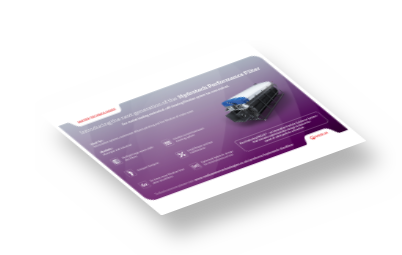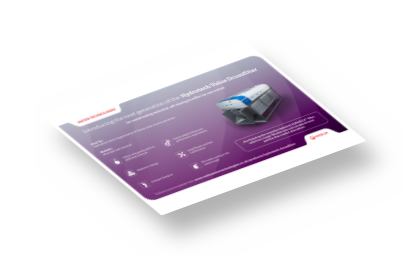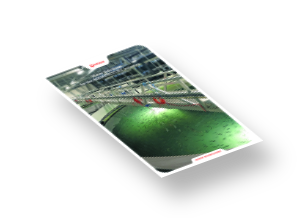Separation
Technology for separating and recovering phosphorus contained in effluents, enhancing flocculation.
What is Struvia?
Struvia technology has been developed by Veolia Water Technologies to enable the recovery and reuse of phosphorus. Phosphorus is a valuable mineral that's a key ingredient in agricultural fertilizers and animal feed. Veolia Water Technologies’ patented system recovers struvite from wastewater, supporting the demand for slow-release ammonium phosphate.
Recovering Phosphorous from Wastewater
Struvia separation technology has been developed by Veolia Water Technologies to recover and reuse the phosphorus contained in the wastewater. This allows municipal and industrial clients to turn a cost (cleaning of pipework by struvite precipitation and sludge disposal), into a benefit (sale of struvite as a fertilizer). Struvia is adapted to all circular economy and sustainable development projects.
Effluent containing high concentrations of phosphorus – for example centrates generated from digested sludge dewatering – are fed to a continuous stirred tank reactor where rapid mixing is achieved using a special mixing system called Turbomix™. Struvite precipitation is initiated by increasing the pH and by the addition of a magnesium salt. An integrated lamella settler ensures the separation of the produced struvite prills and the treated effluent. Typically in municipal applications the treated effluent is returned to the head of the treatment works.
For industrial applications Struvia is applied on the waterline. The effluent can be discharged directly or further treated if required. The struvite prills are then pumped and directed to a draining and storage facility before being sent to the packaging unit.
For Municipal Use
At treatment plants that handle residual municipal wastewater and are equipped with biological phosphorus treatment followed by anaerobic sludge digestion, centrates from the dewatering stage contain highly concentrated phosphate that may uncontrollably precipitate as struvite crystals in the pipeworks. Struvia separation ensures controlled struvite precipitation in a specialised reactor. The product can then be packaged and sold as fertiliser.
For Industrial Use
At industrial facilities, the naturally high phosphate concentration of a number of effluents means that the Struvia solution can be applied directly on the waterline. For industrial effluents that are treated by methanisation (UASB, EGSB, Memthane), the ideal location for the Struvia reactor is downstream to the anaerobic treatment and upstream to the biological nitrogen using nitrification–denitrification or with an Anita™ Mox process.
Sustainable & economical industrial water recycling systems
Efficient wastewater and sewage treatment plant technologies for UK environmental compliance.













